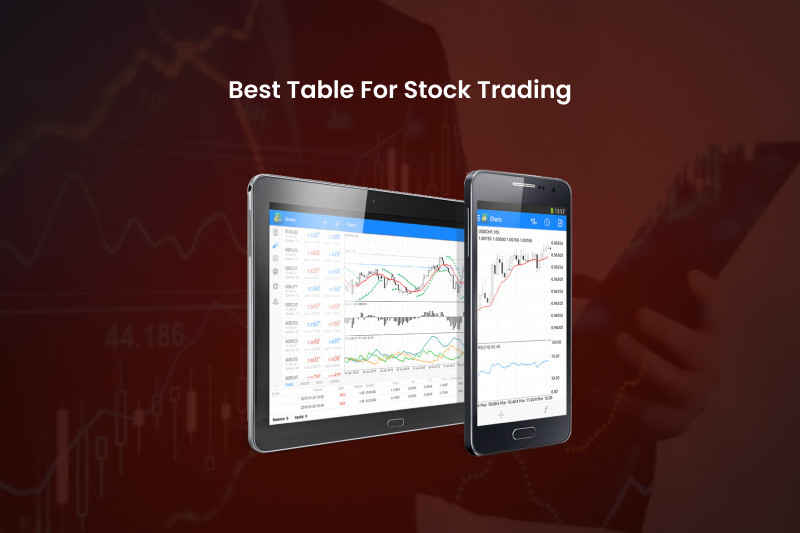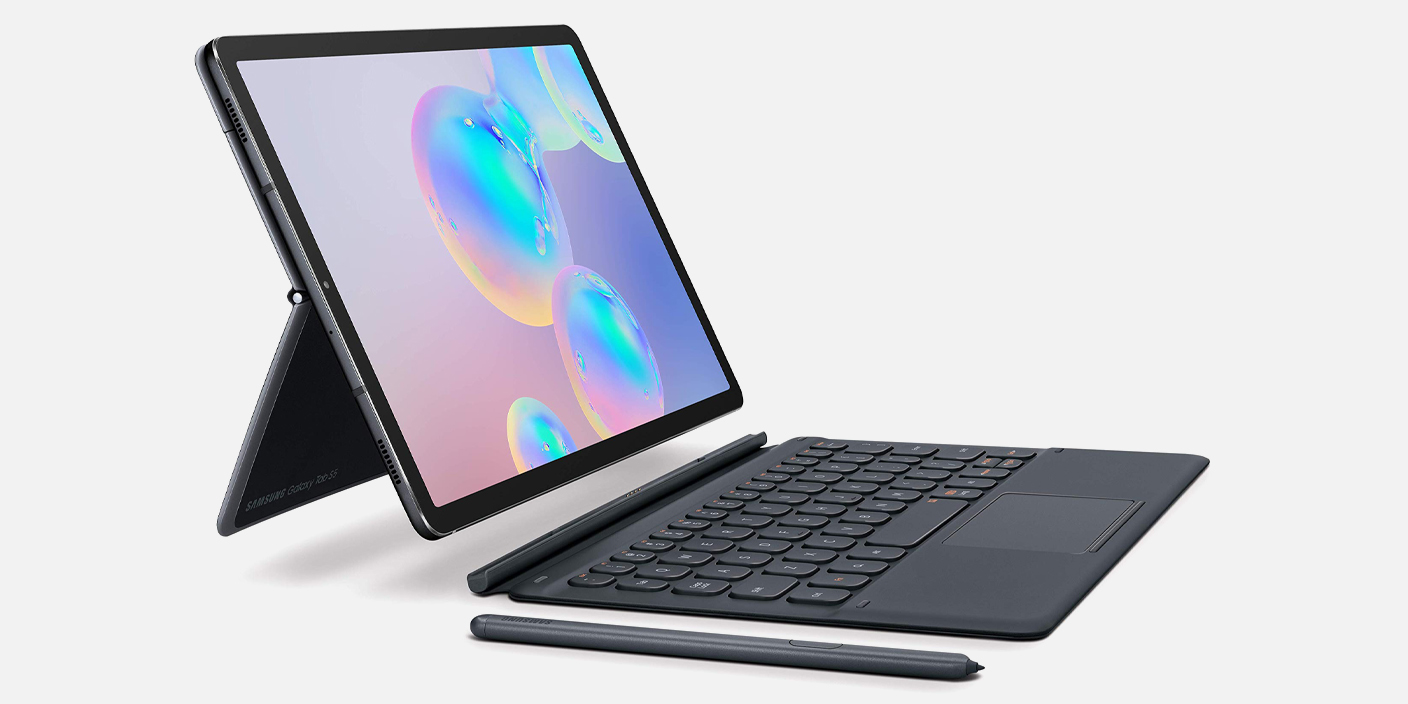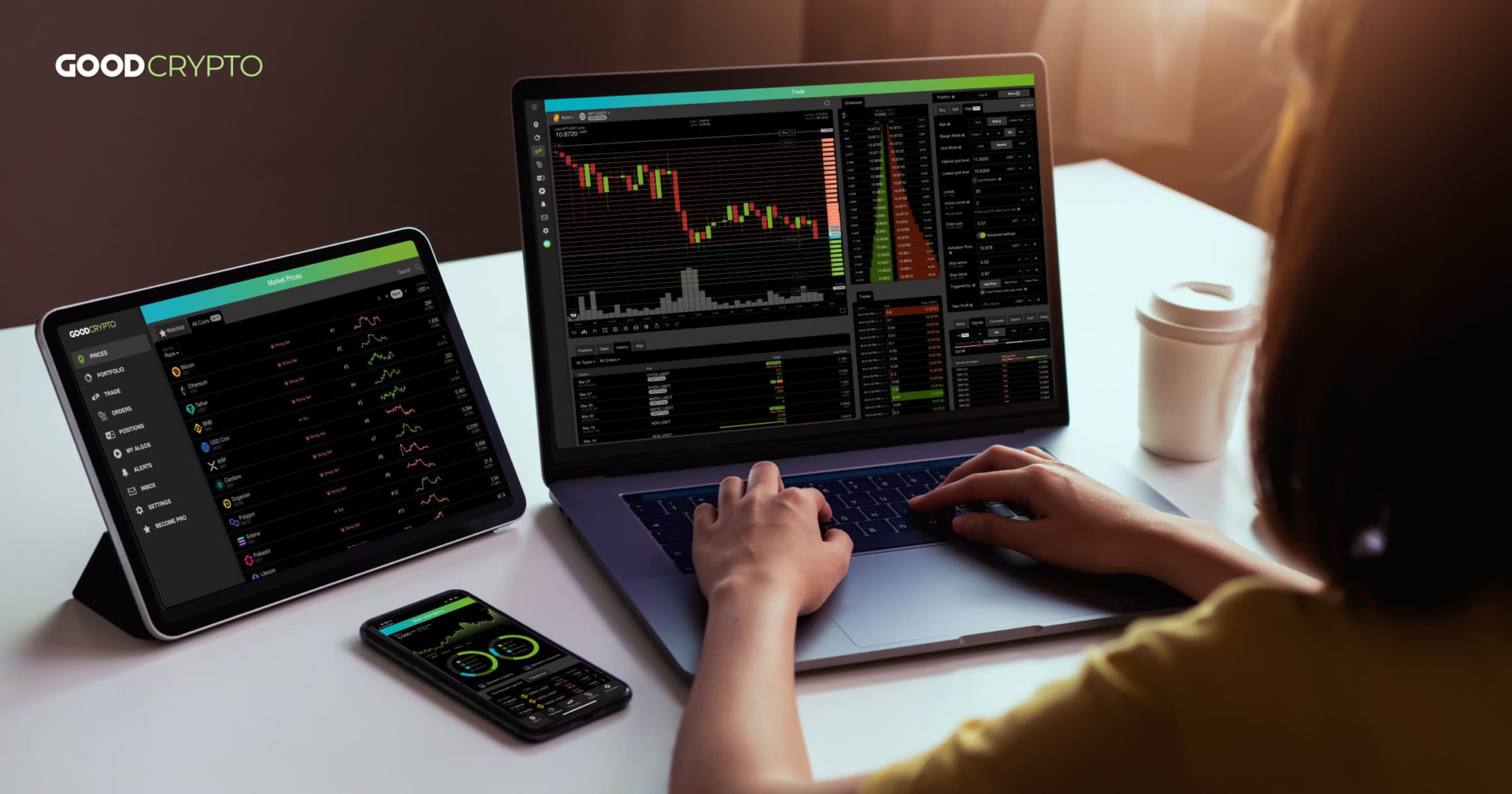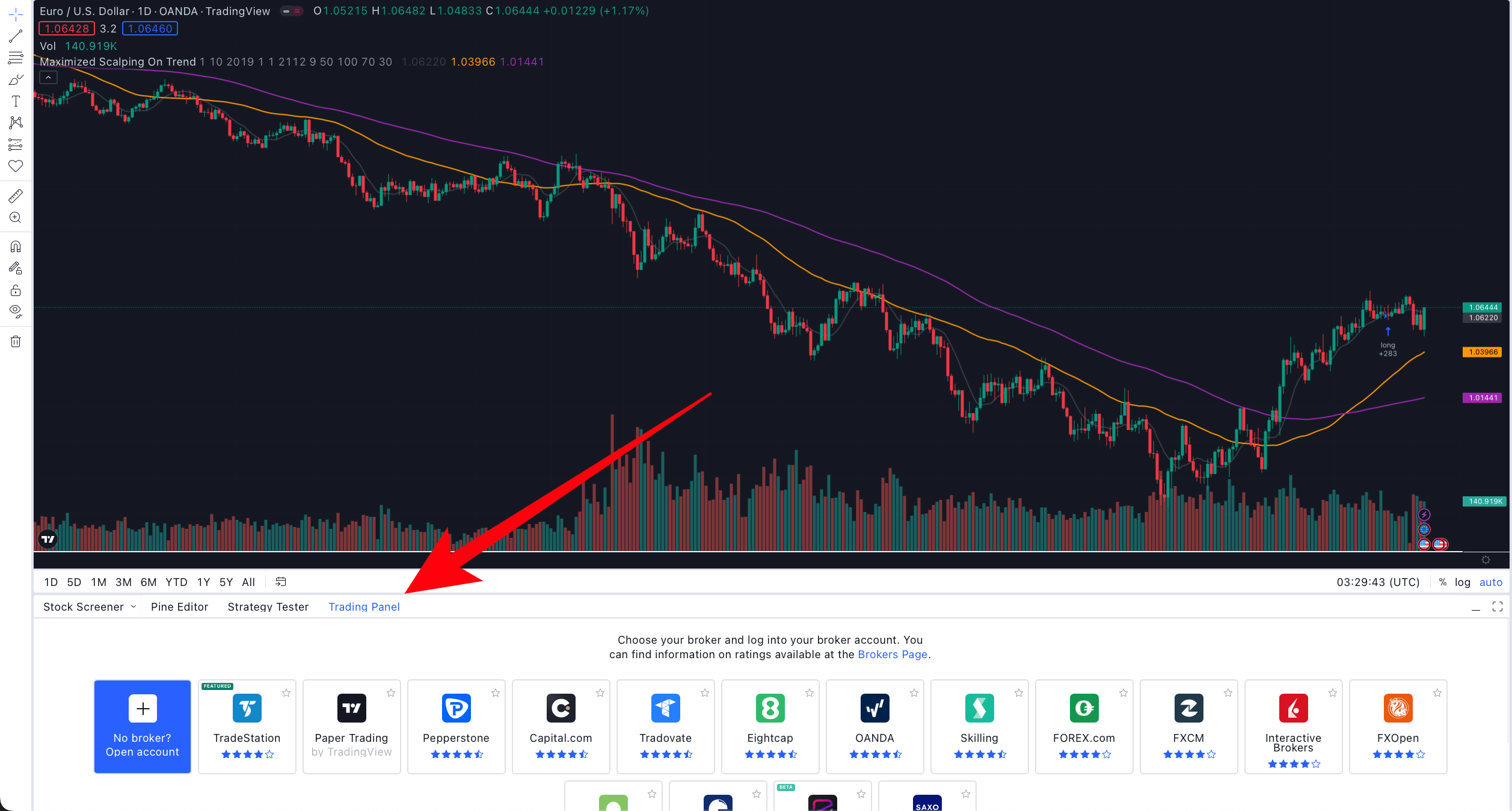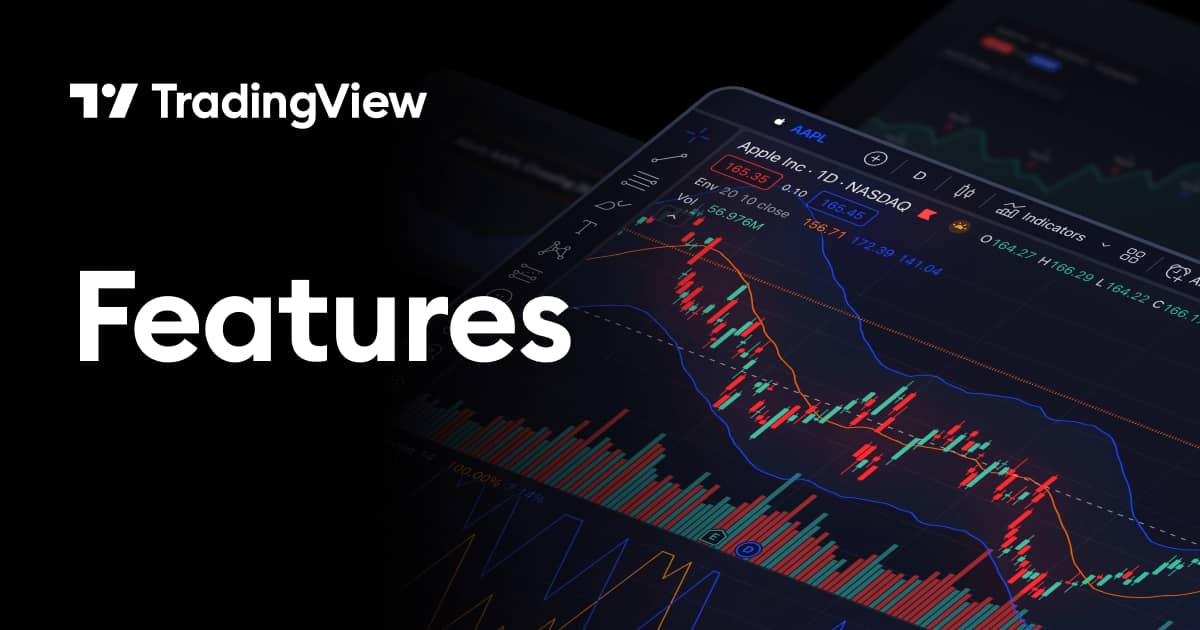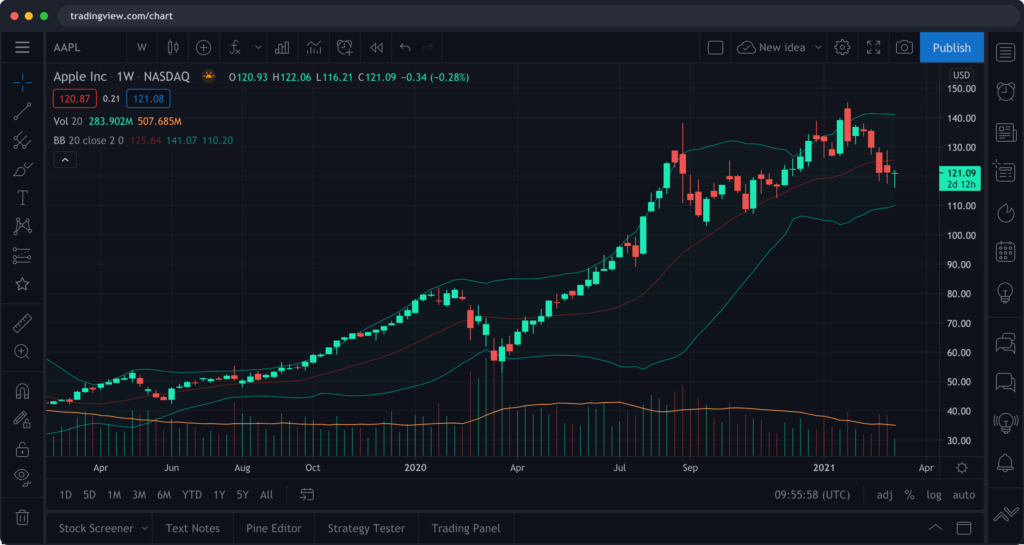Best Tablet For Tradingview
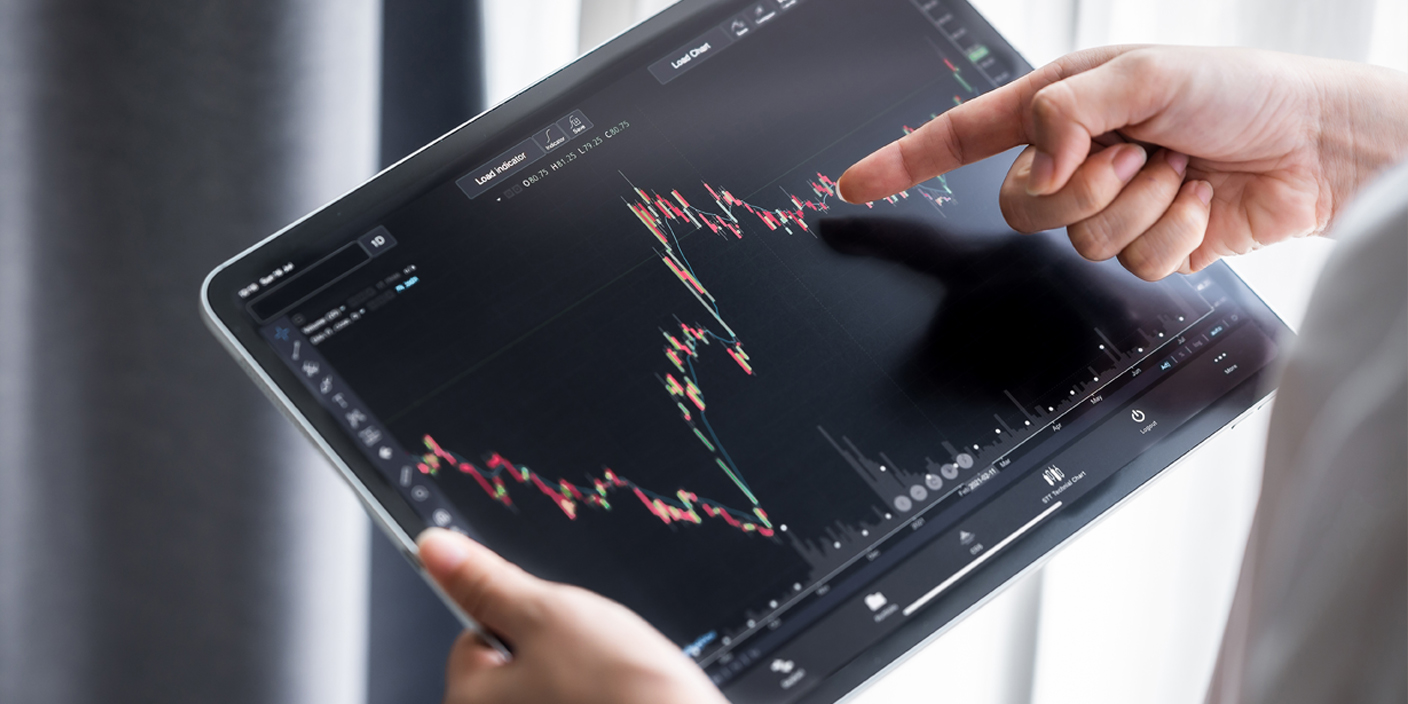
Staring at tiny charts on your phone while trying to execute a trade? Feeling chained to your desktop when opportunity knocks? If you're a trader, you know speed and flexibility are everything. A tablet can be your secret weapon, letting you analyze markets and execute trades from anywhere. This guide will help first-time tablet buyers navigate the options and choose the best one for TradingView.
Why a Tablet for TradingView Matters
Mobile trading is no longer a luxury; it's a necessity. A tablet bridges the gap between the portability of a smartphone and the screen real estate of a desktop. This means better chart visibility, easier technical analysis, and faster order execution, all without being tied to your desk.
Specifically, TradingView, with its comprehensive charting tools and social networking features, shines on a tablet. Imagine comfortably analyzing multiple charts side-by-side while on the go. With the right tablet, this is a reality.
Top 5 Tablets for TradingView: A Comparison
| Tablet | Price (USD) | Screen Size/Resolution | Processor | RAM | Warranty |
|---|---|---|---|---|---|
| Apple iPad Air (5th Gen) | $599 | 10.9" Liquid Retina (2360 x 1640) | Apple M1 | 8GB | 1 Year Limited |
| Samsung Galaxy Tab S8 | $699 | 11" LCD (2560 x 1600) | Snapdragon 8 Gen 1 | 8GB | 1 Year Limited |
| Microsoft Surface Pro 9 | $999 | 13" PixelSense Flow (2880 x 1920) | Intel Evo i5 | 8GB | 1 Year Limited |
| Lenovo Tab P11 Pro Gen 2 | $399 | 11.2" OLED (2560 x 1536) | MediaTek Kompanio 1300T | 8GB | 1 Year Limited |
| Google Pixel Tablet | $499 | 11" LCD (2560 x 1600) | Google Tensor G2 | 8GB | 1 Year Limited |
Detailed Reviews
Apple iPad Air (5th Gen)
The iPad Air is a powerhouse in a sleek package. Its M1 chip provides ample power for running TradingView smoothly. The vibrant display is perfect for detailed chart analysis.
However, the base model only has 64GB of storage, which might be limiting for some. Consider upgrading to the 256GB model if you plan on storing a lot of data or apps.
Samsung Galaxy Tab S8
The Galaxy Tab S8 boasts a gorgeous display and excellent performance. The included S Pen can be surprisingly useful for marking up charts directly in TradingView. It's a great all-around tablet.
The LCD screen, while excellent, doesn't quite match the vibrancy of the iPad Air's Liquid Retina display. Some users also find the Samsung UI a bit cluttered.
Microsoft Surface Pro 9
The Surface Pro 9 blurs the lines between tablet and laptop. It runs the full desktop version of TradingView, offering unparalleled functionality. This comes at a premium price, however.
The keyboard and pen are sold separately, adding to the cost. Battery life is also shorter compared to the iPad and Samsung tablets.
Lenovo Tab P11 Pro Gen 2
The Lenovo Tab P11 Pro Gen 2 offers a stunning OLED display and great value for money. Its performance is more than sufficient for TradingView, and the included features make it a great choice for traders on a budget.
The processor is not as powerful as the chips found in the iPad Air or Galaxy Tab S8. However, it remains perfectly capable for trading purposes.
Google Pixel Tablet
The Google Pixel Tablet provides a seamless Android experience with a focus on simplicity and integration. Its Tensor G2 chip handles TradingView well, and the included charging speaker dock is a unique addition.
The performance is good, but not class-leading. The design prioritizes home use over portability, so it might not be the best choice for traders who are always on the move.
Used vs. New: Which is Right for You?
Buying a used tablet can save you money. However, it also comes with risks.
Pros of buying used: Lower price, potentially less depreciation. Cons of buying used: Shorter lifespan, potential for hidden damage, no warranty. It's important to inspect the device thoroughly and ask about its history before purchasing.
Pros of buying new: Full warranty, guaranteed condition, latest features. Cons of buying new: Higher price, faster depreciation. If peace of mind is important, buying new is the way to go.
Reliability Ratings by Brand
Apple: Generally considered very reliable, with excellent customer support. Samsung: Good reliability, but some users report issues with software updates. Microsoft: Build quality is generally high, but repairs can be expensive. Lenovo: Known for offering good value and reliable hardware. Google: Relatively new to the tablet market, but Pixel phones have a good reputation for reliability.
Checklist: 5 Must-Check Features Before Buying
- Screen Size and Resolution: Ensure the screen is large enough and has sufficient resolution for comfortable chart analysis.
- Processor and RAM: Choose a tablet with a powerful enough processor and sufficient RAM for smooth TradingView performance.
- Battery Life: Consider how long you need the tablet to last on a single charge.
- Storage: Determine how much storage you need for your apps, data, and offline resources.
- Operating System: Decide whether you prefer iOS, Android, or Windows, based on your existing ecosystem and preferences.
Key Takeaways
Choosing the best tablet for TradingView involves balancing price, performance, and portability. The iPad Air and Galaxy Tab S8 are excellent all-around choices. The Surface Pro 9 offers the most functionality but comes at a higher cost. The Lenovo Tab P11 Pro Gen 2 provides great value, and the Google Pixel Tablet offers a unique Android experience.
Carefully consider your individual needs and trading style. Think about where you'll primarily be using the tablet and how important portability is to you. Research thoroughly, read reviews, and compare specifications before making a decision.
Make an Informed Decision
Don't rush into a purchase! Evaluate your priorities and budget, and then consider the factors discussed in this article. The right tablet can significantly improve your trading experience and help you stay ahead of the market. Happy trading!
Ready to upgrade your trading setup? Click here to explore the latest deals on tablets and take your trading to the next level!





